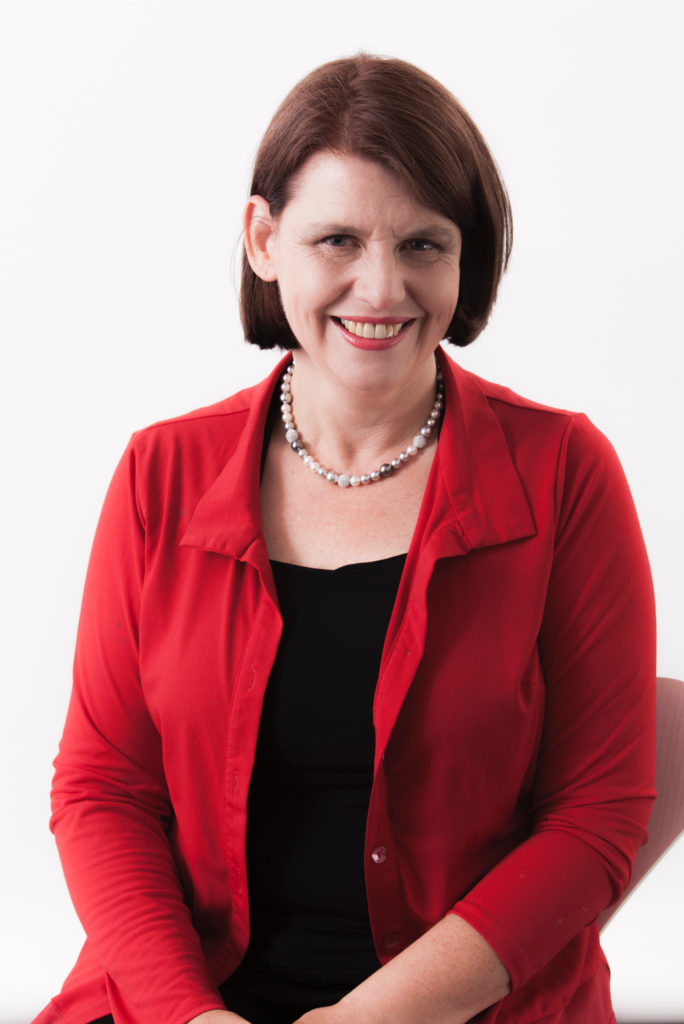Our Spotlight On author for the month of March is Meg Keneally. Meg has led an exciting and varied career, from public affairs at the Australian Consulate General in New York, through to journalism, producing for talk-back radio, and even working a professional SCUBA-diving instructor. For the most part, Meg has worked in corporate affairs for listed financial service companies, but in the last few years she’s turned her hand to novel-writing, working in collaboration with her father, award-winning Australian novelist Tom Keneally. Together, they’ve penned the first two books in the Monsarrat series, detective novels set in a Port Macquarie penal settlement. The second book in the series, The Unmourned, hit bookstores last month.
Our intern Ren spoke to Meg about crime fiction, the shift from professional to creating writing, and the experience of collaborating with her father.
Book Two in the Monsarrat series, The Unmourned, is coming out this month. Tell us a bit about the novel.
The Unmourned sees the return of gentleman convict detective Hugh Monsarrat (now with his ticket of leave) and his friend and housekeeper Hannah Mulrooney, the real brains behind the operation. When the superintendent of the Parramatta Female Factory is murdered, Monsarrat and Mrs Mulrooney must find the real killer before an innocent woman is executed. Monsarrat tries to keep his new freedom against the hostility of some of the colony’s most powerful people, while Mrs Mulrooney faces blackmail about some hidden aspects of her past.
You’ve been co-writing this series with your father, acclaimed novelist Tom Keneally. What’s the collaboration process like? Do you find it easy to work together?
We have very similar personalities so we work very well together. People never believe me when I say we don’t fight, but we genuinely don’t. Some of the work is done in isolation – I write the first few drafts, then Tom gives me feedback which I incorporate, and then we work on the final drafts together – but even when we sit at the same table with our computers, there are no flung pages or slammed doors. And for me it’s like a personal masterclass – Tom can add layers of nuance with a few pen strokes, while I watch in awe and try to figure out how he does it!
Having worked as a journalist and a professional writer throughout your career, how have you found the shift to writing fiction?
Writing fiction is simultaneously more liberating and more frustrating. The process of building a world and deciding what happens to the people in it is intoxicating, and when things are going well it’s transcendent, but of course we all have THOSE days, and for me the harder days are a lot worse when writing fiction. Still, I wouldn’t change it for anything.
Hugh Monsarrat and his sidekick Hannah Mulrooney join a long history of crime-solving duos. What do you like about writing crime fiction? Do you have a favourite fictional detective?
Writing crime fiction is a lot of fun – painting the full picture and then chopping it up and scattering clues throughout the book is a great game. My favourite character to write is Mrs Mulrooney (and I feel like she’s looking over my shoulder as I do it).
As far as fictional detectives are concerned, I received my first volume of Sherlock Holmes stories from Tom for my 12th birthday, so have always been a Sherlock fan. I was excited to be asked to contribute a short story to Sherlock Holmes: The Australian Case Files, an anthology which is out later this year from Five Mile Press. Hercule Poirot is another favourite, as is Precious Ramotswe in The No. 1 Ladies’ Detective Agency.
Do you have a regular writing routine? If so, what does it involve?
I start each day with a set target (of words in the first draft, or pages to revise in subsequent drafts). If I don’t have the targets, I find I’m far too prone to procrastination. Unfortunately, the day job means I can’t write all day long, so the targets help me maximise the times when I can write. I’m also very governed by momentum, so I need to write every day, otherwise I lose steam.
What is the best piece of writing advice you’ve been given?
First get it written, then get it right.
Do you have any advice for emerging writers?
Same as the above – just get the words onto the screen, whether they feel like they’re flowing or not. You can always fix it later, but you can’t edit a blank page. And try not to take rejection too much to heart. Many writers get knock-backs and I know from personal experience that it stings, but it goes with the territory and it’s an opportunity to improve your next project. If you get a rejection, give yourself a short amount of time to wallow but get back into it as quickly as you can (again, momentum is everything).
What are you currently reading?
I’ve just started on The Good People by Hannah Kent, and am also rereading Tom’s book American Scoundrel.
In your opinion, who/what is the most inspiring…
Writer? Tom’s obviously at the top of the list, which is a long one and I’ve never been good at picking favourites, but some of the writers I most like to read include Kate Grenville, Isabel Allende and Hilary Mantel.
Book? Schindler’s List, The Alchemist by Paulo Coelho, All the Light we Cannot See by Anthony Doerr.
Weather? I love bright sunshine but I have to confess to a secret fondness for weather which encourages me to snuggle down with a good book.
Time of day? Very early morning, when you feel like you have the world to yourself.
Music? The Planets Suite by Gustav Holst.
Location? Anywhere in, on or near the ocean, but especially Shelly Beach near Manly.

